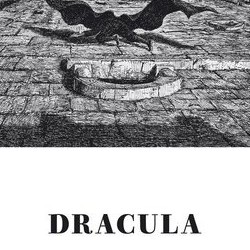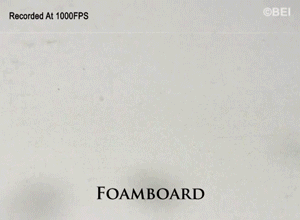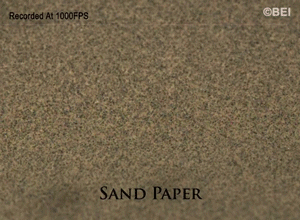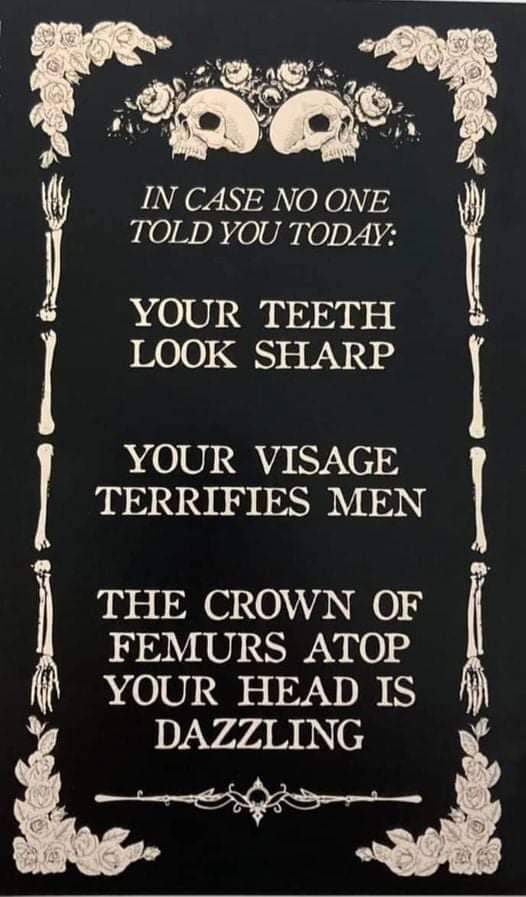Text
Me climbing the walls and making this blog just waiting for Dracula Daily to start

47 notes
·
View notes
Text
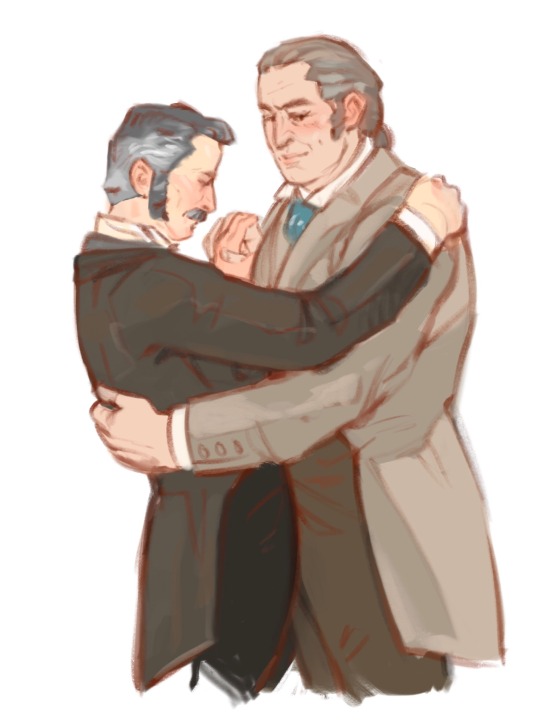
On a night walk from a long-delayed visit to the theatre, Utterson mentions he never learned to dance properly. Jekyll, of course, takes it on himself to help his lawyer.
138 notes
·
View notes
Text

If you go to the pool this summer, watch out for False Caustics. They look like the dancing lights at the bottom of the pool, but they stay mostly still.
False Caustics (Praya dulcis) are in fact siphonophores that colonize pools with poor filtration systems. If you swim through them, they will burn your skin. Their sting is rarely fatal, but it causes excruciating pain that can last several years.
These siphonophores are colonies of tiny organisms related to jellyfish. They are the only known species in their group to live in fresh water, and likely imitate caustics as a form of camouflage.
511 notes
·
View notes
Text
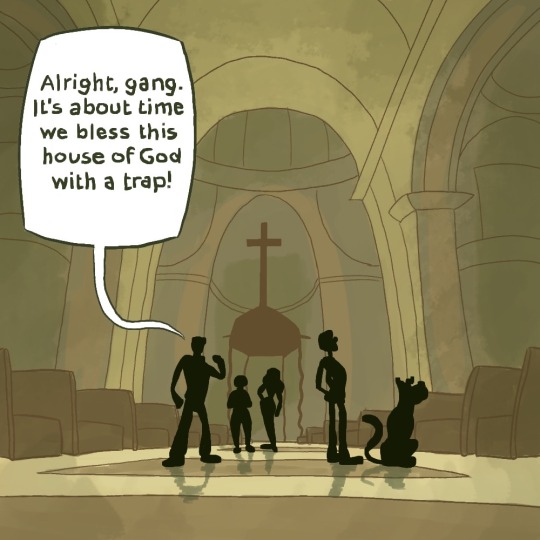


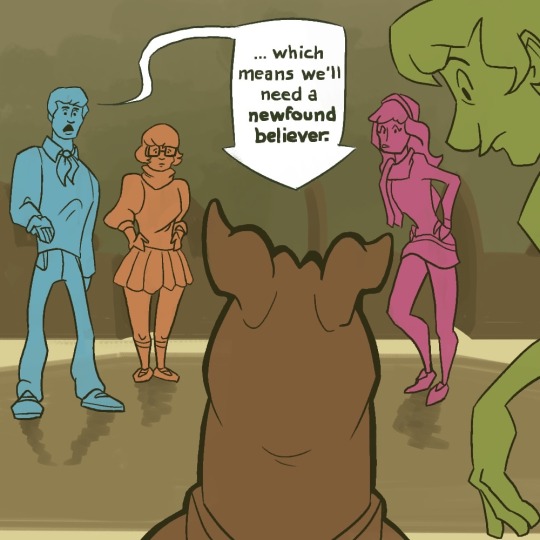



There’s a lot of Scooby Doo stuff on Netflix
240K notes
·
View notes
Text
Shout out to the best joke I’ve ever told, WWDITS style.
(His name is Timothy)
41K notes
·
View notes
Photo
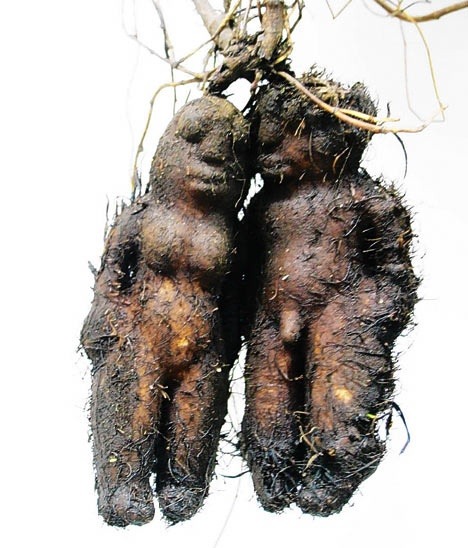

These are Tuber Roots of Fleeceflower. You might think that these two pairs are the only ones that came out that way, but that is not the case. A majority of their roots look like this, some even creepier. I wonder why
8K notes
·
View notes
Text

Argillosis is a rare autoimmune disorder. The soft tissues of those affected degenerate through saponification, progressively rendering them into a malleable texture similar to clay.
It ultimately leads to infectious complications that may become fatal.
389 notes
·
View notes
Text
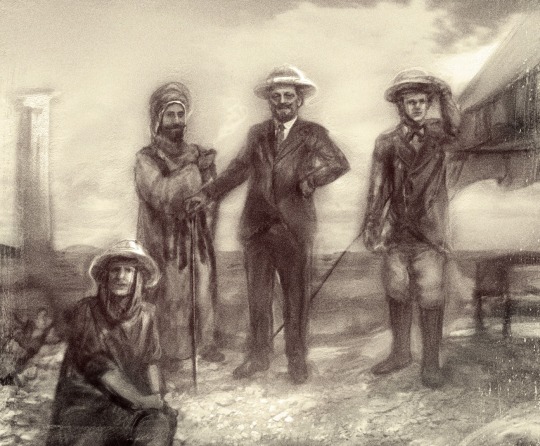
Visit from William Rothberg, commissioner of the tomb expedition in Cairo, 1922.

The site of the tomb is extraordinary and unlike anything we have seen before. Preparations are being made to explore the only known entrance.
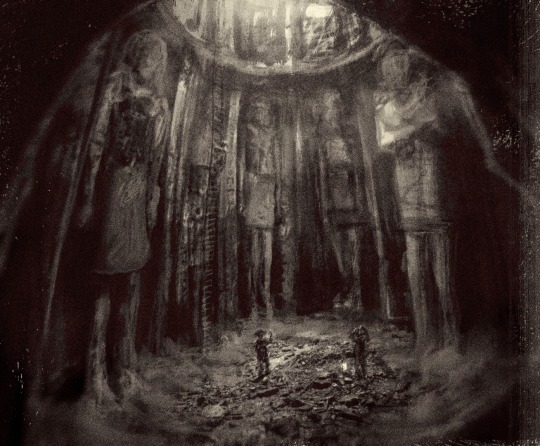
The bottom entrance of the tomb is a sight to behold. We think that it may date around 2688-2180 BC. Although, we cannot say for sure at the moment.
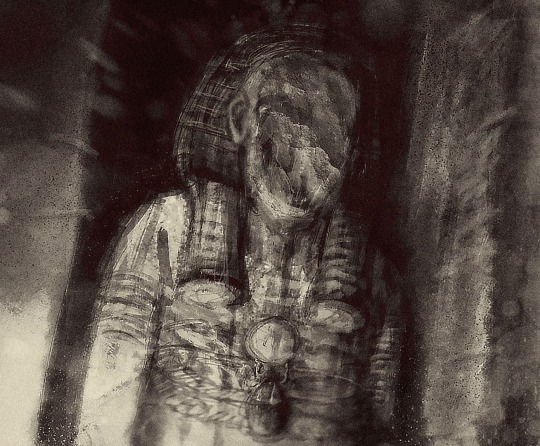
The faces of each statue have been destroyed. A curious sight, though not uncommon. This was usually done to the tombs of Pharaohs with bad reputations. To remove the face is to remove their memory and place in the afterlife.

A tight squeeze through one of the chambers. I managed to make it out just fine.

The chambers are massive and surprisingly well preserved. We have yet to find the Pharaoh’s chamber, but we are hopeful in finding it soon.

It was common for Pharaohs to be mummified alongside their cats. But this tomb is filled with chambers of mummified cats. Hundreds of them.
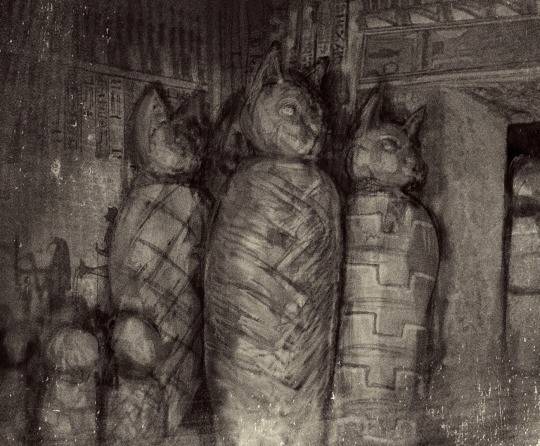
That’s not the strangest part, though. The mummified cats keep getting bigger the further into the chambers we go. Surely, there cannot actually be cats in these large sarcophagi… But I wonder. We will be taking some of them back for study.

Most unusual. It would appear that the large sarcophagi held the mummified remains of large felines, but… with heads more closely resembling that of humans.

We checked to make sure if there were any seams to show that they had been sewn together or fabricated. But there are none. My comrades and I are absolutely baffled.

24K notes
·
View notes
Text
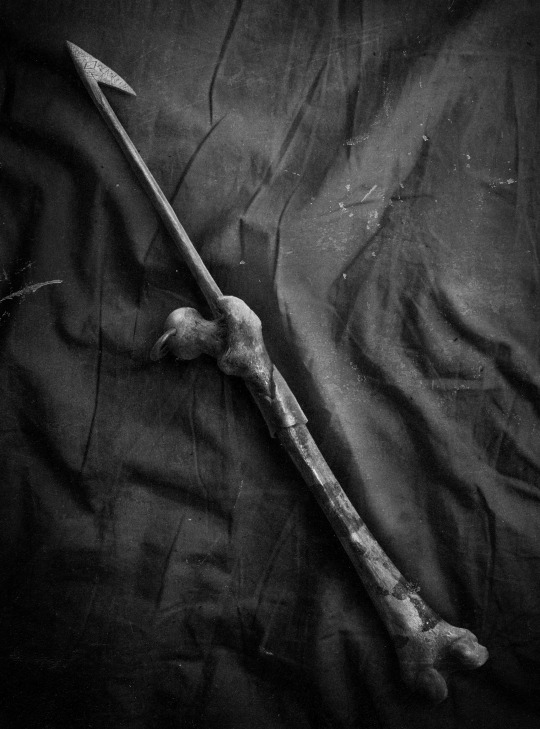
Lot 22: Harpoon.
"Holmes mounted the harpoon upon a long bone detached from one of the dead, and he held it tight in his hands. He prayed to the deepest and oldest gods of the sea, those who listen only to sailors and castaways, that he might survive the night."
This was another of the illustrations I made for the Dagon Collection book, with an extract from the attached story by Kali Wallace!
You can get the book here!
125 notes
·
View notes
Text
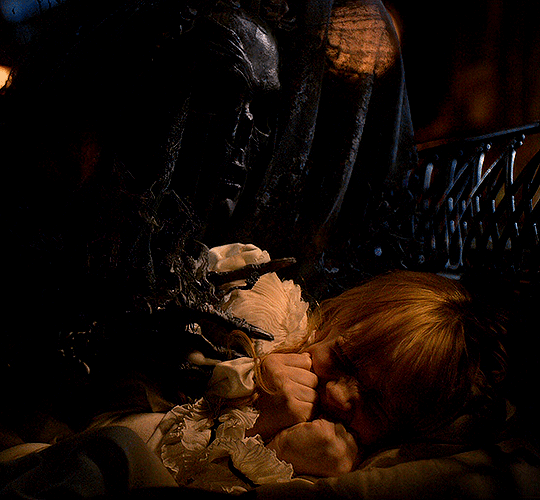
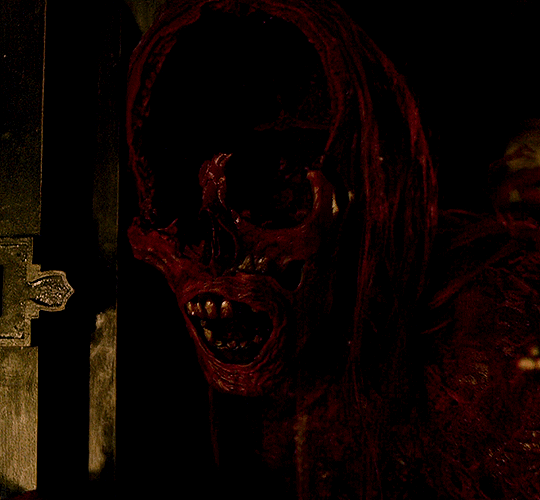



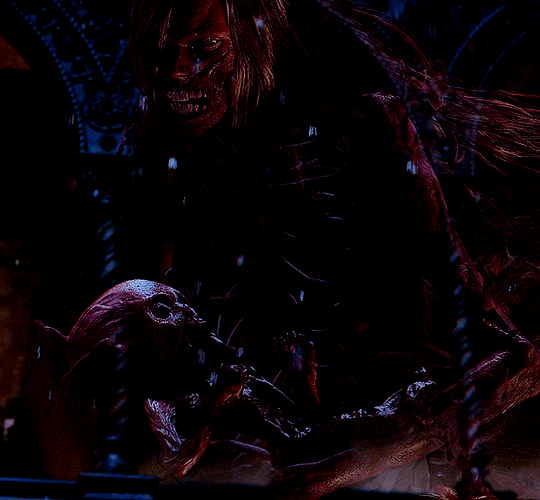
CRIMSON PEAK (2015) dir. Guillermo del Toro
2K notes
·
View notes
Text
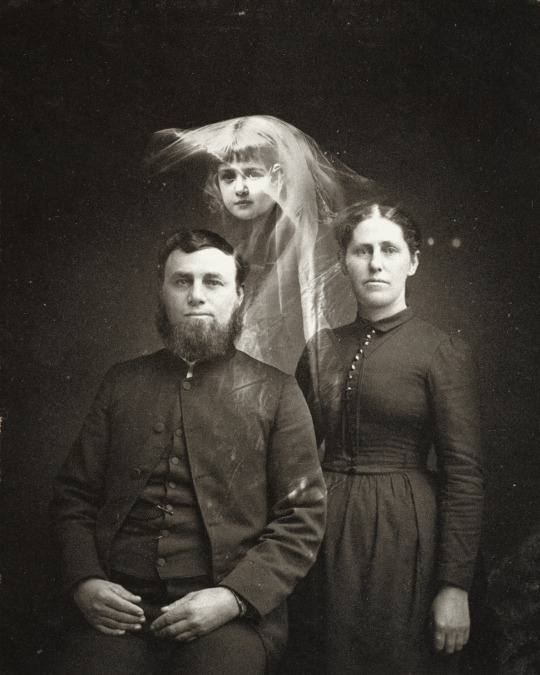
Howard Stanley Crewe (1871-1919) was one of the first spirit photographers. These Spiritualists claimed to capture images of the deceased using tricks like double exposure.
Though Crewe's images show the same signs of manipulation, his last portraits still puzzle researchers.
Howard, born in Chicago, was a struggling writer with a knack for photography. He made headlines in 1909 when he claimed to photograph the spirit of his recently-deceased wife, starting a thriving business.
In 1919, Crewe started seeing something unexpected in his pictures.
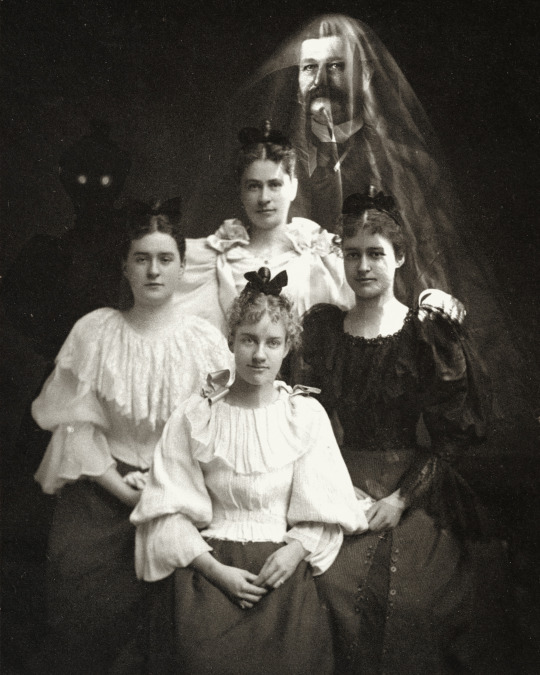
Crewe, alarmed, wrote a letter to his colleague William Hope, asking for advice:
"Something has contaminated my photographs. Whatever it is, it follows me wherever I go. I have tried changing locations, cameras… To no avail. It only seems to get clearer with every image."

Hope replied: "It may be a true message from beyond, friend. Have you tried a self-portrait? This might make it show itself clearly."
This image is Crewe's last photograph, taken the day of his death. The damaged plate was found still in his camera, with no signs of tampering.
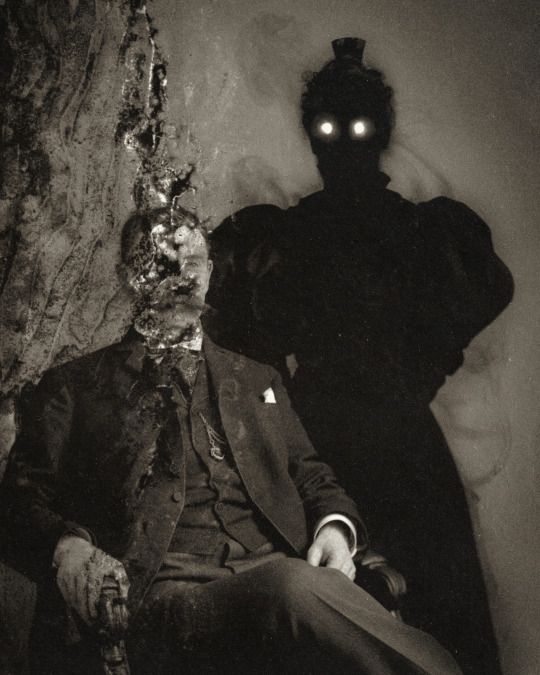
2K notes
·
View notes
Text

False Sunflowers (Drosera pseudohelios) are a species of carnivorous plant.
It attracts insects and birds with a sweet smell and seed-mimicking "teeth". When something gets snagged, it snaps shut, trapping prey in a hermetic pouch and filling it with digestive enzymes.
There are rare cases of these plants injuring humans.
1K notes
·
View notes
Text

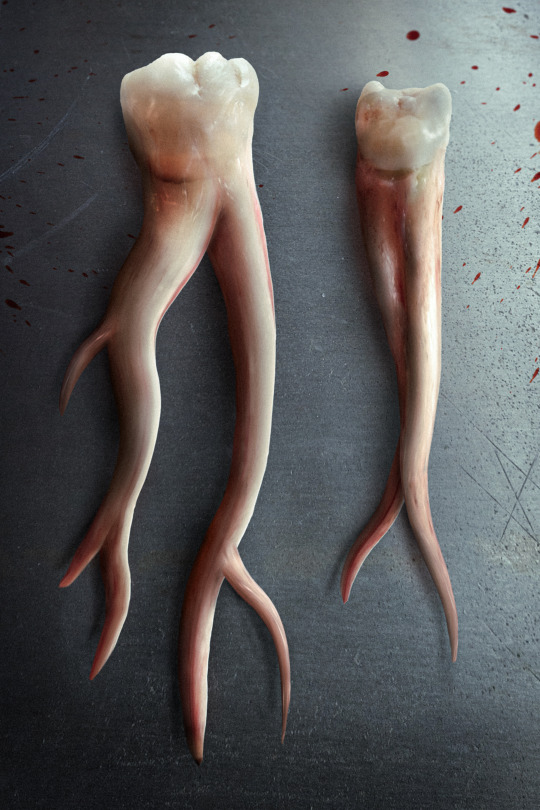
Malignant Radicular Hypertrophy (MRH) is a life-threatening syndrome where teeth roots grow uncontrollably, destroying facial bones, eyes, and ultimately penetrating the cranial cavity.
MRH is paraneoplastic, caused by a small pituitary tumor that releases growth factors responsible for dental growth.
1K notes
·
View notes
Text
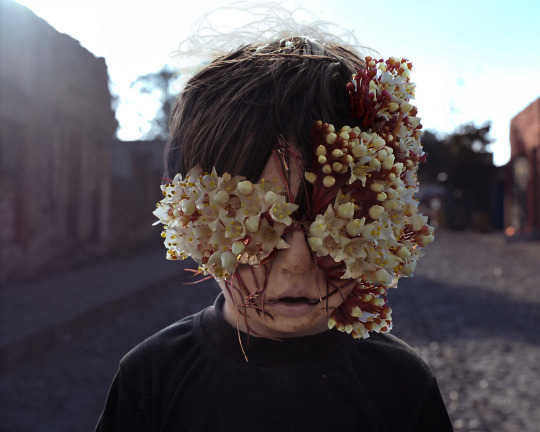
Cuscuta haemotrophica, commonly known as leechweed, is the only parasitic plant known to target animals.
The plant burrows under the skin using modified roots known as haustoria. It does not produce leaves or chlorophyll to photosynthesize, as it consumes nutrients through the host's blood.
Infestation in humans rarely progresses to the blooming stage, when it becomes dangerous and potentially lethal.
1K notes
·
View notes
